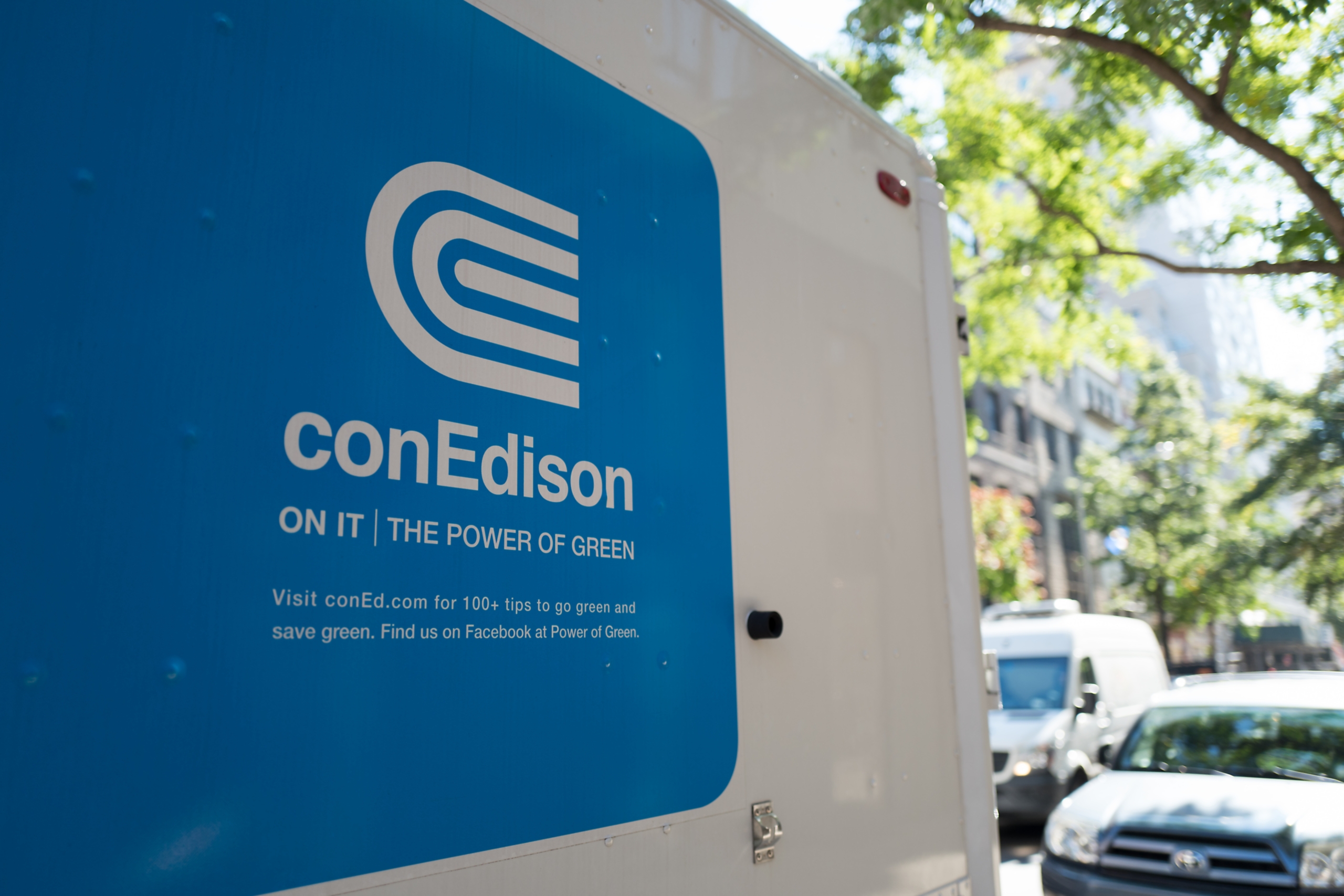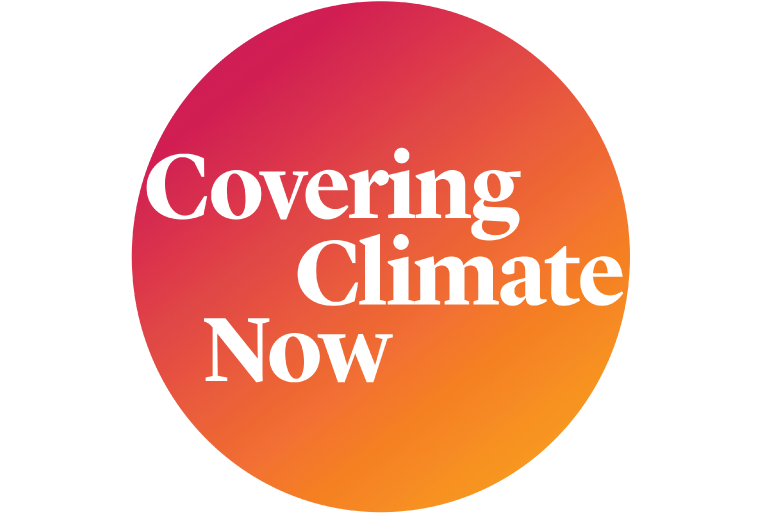On Sunday—the third day of a heat wave, when New York City’s temperature index was 110 degrees—Consolidated Edison, the energy company known as Con Ed, announced intentional power outages, mainly in southeastern Brooklyn. More than 50,000 customers were left with no electricity, and no explanation; Con Ed said simply that it wanted to avoid a city-wide blackout. Thirteen thousand people—in Canarsie, Flatbush, Mill Basin, and other nearby neighborhoods with large Black and low-income populations—did not recover power until late Monday. Mayor Bill de Blasio held a press conference calling for an investigation, suggesting that he might revoke Con Ed’s license. Governor Andrew Cuomo made similar threats.
Marie J. French and Danielle Muoio, authors of POLITICO’S “New York Energy,” a daily roundup of energy and environmental news, rushed to the story. French reports from Albany, where she has sources in the Public Service Commission, the state regulatory agency that oversees Con Ed; Muoio follows the political scene in New York and New Jersey. The pair are unusual for their focus on energy and policy, even as the climate crisis promises to direct more attention on whether America’s utilities are up to the task. French, who is 27, started reporting on Con Ed three years ago; Muoio—who graduated in 2015 from Duke, where she was editor of the student paper—joined her soon after. “We cover them pretty regularly, so we know the people there,” French says. On the occasions—however rare; it’s up to the weather—when interest in Con Ed is high, they’re among the first to get answers. They call themselves FroYo.
On Monday, Muoio sat down with Mike Clendenin, the spokesperson for Con Ed, who told her that circuits in southeastern Brooklyn had been starting to break down as demand for power rose; customers had been returning home from a weekend away. “With the actions we took, by shutting them off, we actually prevented damage to the power lines serving them from the overhead grid,” Clendenin said. “By doing that, we’re able to get the customers back quicker.”
FroYo knew that, in July 2006, when a heat wave hit Queens, Con Ed had failed to notice that circuits were failing; because the power wasn’t shut down preemptively, the borough was hit with a five-day blackout accompanied by severe, expensive damage to the grid. Back then, Mayor Michael Bloomberg, standing alone among city politicians, defended the response—unusual, since “elected officials placing blame at the utility’s feet, no matter the situation, is a time-honored tradition in New York politics,” French and Muoio observed. Other politicians called Queens a disaster zone. This summer, Con Ed responded differently, and de Blasio held to tradition, suggesting that the city is due for a “new entity” to manage electricity. Clendenin told Muoio, “Our mission and our responsibility remains to provide reliable service to our customers and we’re going to continue doing that because everyone at Con Edison understands the important role we play in the lives of New Yorkers.”
As part of their reporting, Muoio and French spoke with scientists and engineers to ask whether Con Ed’s choice to shut down power was the right move. That will be impossible to know, they found, until Con Ed produces a full report on what happened to the grid, and how on-the-scene decisions were made. But they did receive an overwhelming reaction: “Energy experts questioned why the grid wasn’t better equipped to handle the summer demand,” they wrote.
By Tuesday, Muoio and French turned their focus to legal questions: the threats from de Blasio and Cuomo to revoke the utility’s license were not unusual, but what would the replacement of Con Ed—on which the city has relied since 1823—actually look like? Who gets to decide the rules? “Con Ed’s certificate is regulated by the Public Service Commission, which is statutorily independent of the executive, despite Cuomo’s reputation for exercising his will,” they wrote. And de Blasio, who launched an investigation into recent outages, has no control, since the Public Service Commission is a state-level body. In fact, Karl Rábago, executive director of the Pace Energy and Climate Center, told Muoio and French, tossing out Con Ed “would be a difficult and complex proceeding.”
In the coming months, French and Muoio anticipate that they will be following more investigations, of every facet of Con Ed’s operations, regulations, and equipment. The job will be similar to the coverage that followed Hurricane Sandy, in 2012, as the city aimed to steel itself against environmental damage. “I worry about another Sandy,” Muoio says. “There was a lot of talk—‘We’re going to harden the grid, protect against sea level rise that would destroy some of this infrastructure.’ But we had a one 100-degree three-day heatwave, and we had a pretty significant outage.”
The reporters feel the weight of responsibility to hold regulators accountable for making improvements. “People can die,” Muoio says. French asks sources, “Are all of the systems ready for sea level rise? What is the contingency for water coming in at higher levels? Or for longer extreme heat waves? What about microgrids to keep some part of system online?”
As the climate crisis escalates, dire heat waves will become more and more common. “With energy, there’s always an environmental justice angle,” Muoio says. And the risk to minorities and low-income areas is particularly acute, since those neighborhoods house “peaker plants”—tapped for backup when power demand peaks—that emit toxic fumes. “They are predominantly in lower income, Black and brown communities,” she adds. “I have no idea if there is a connection, but it’s certainly a question worth asking.”




